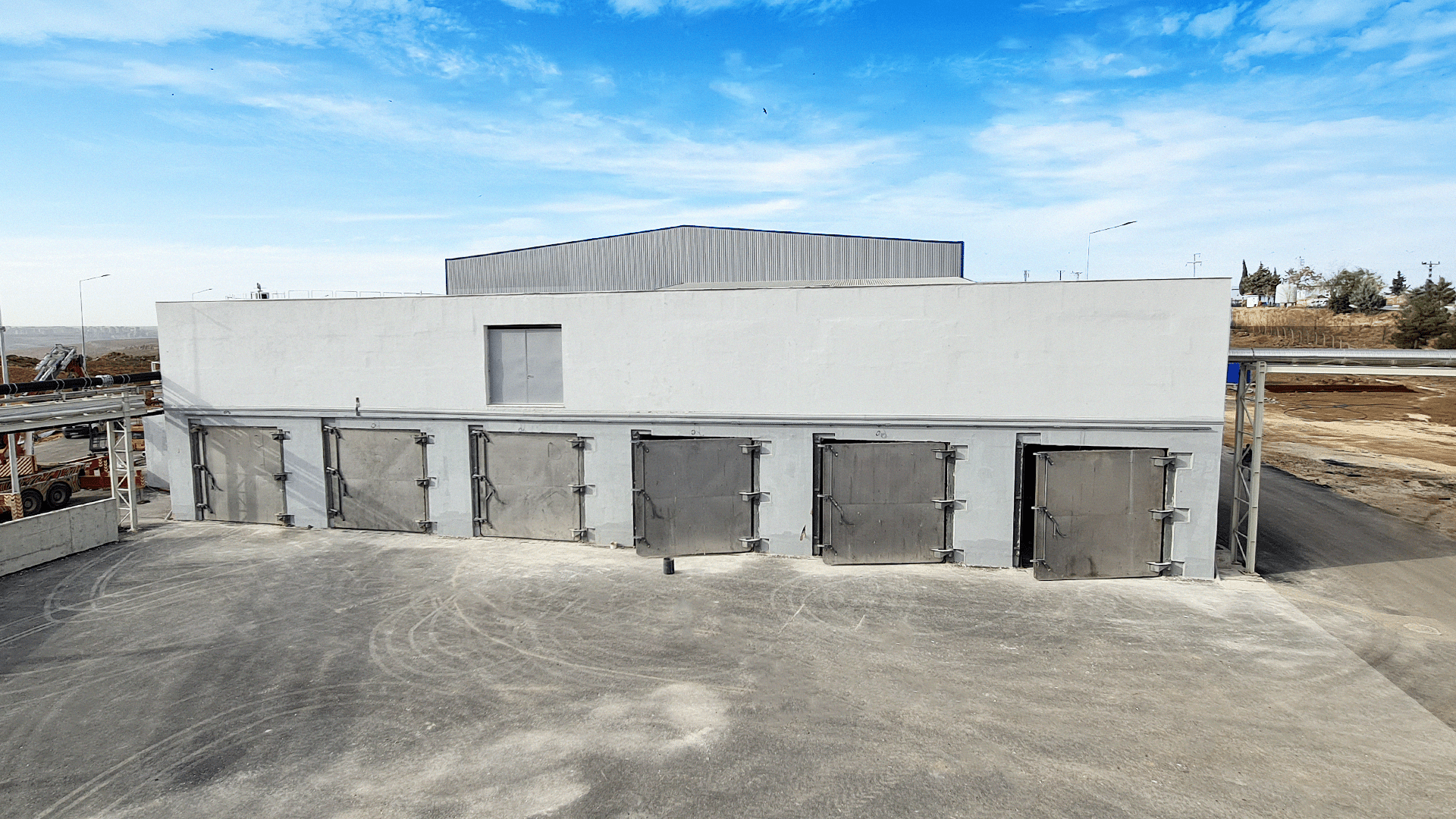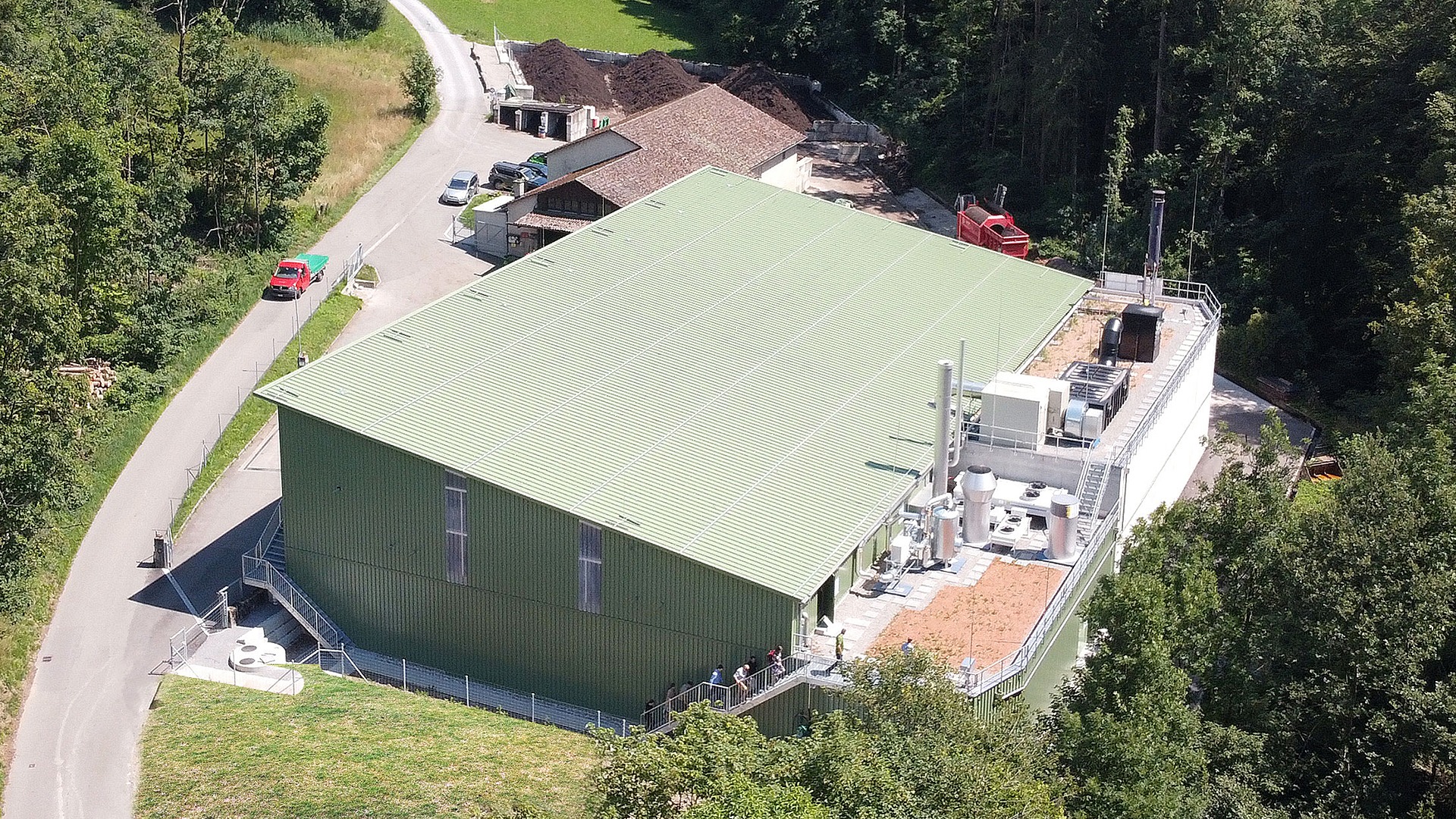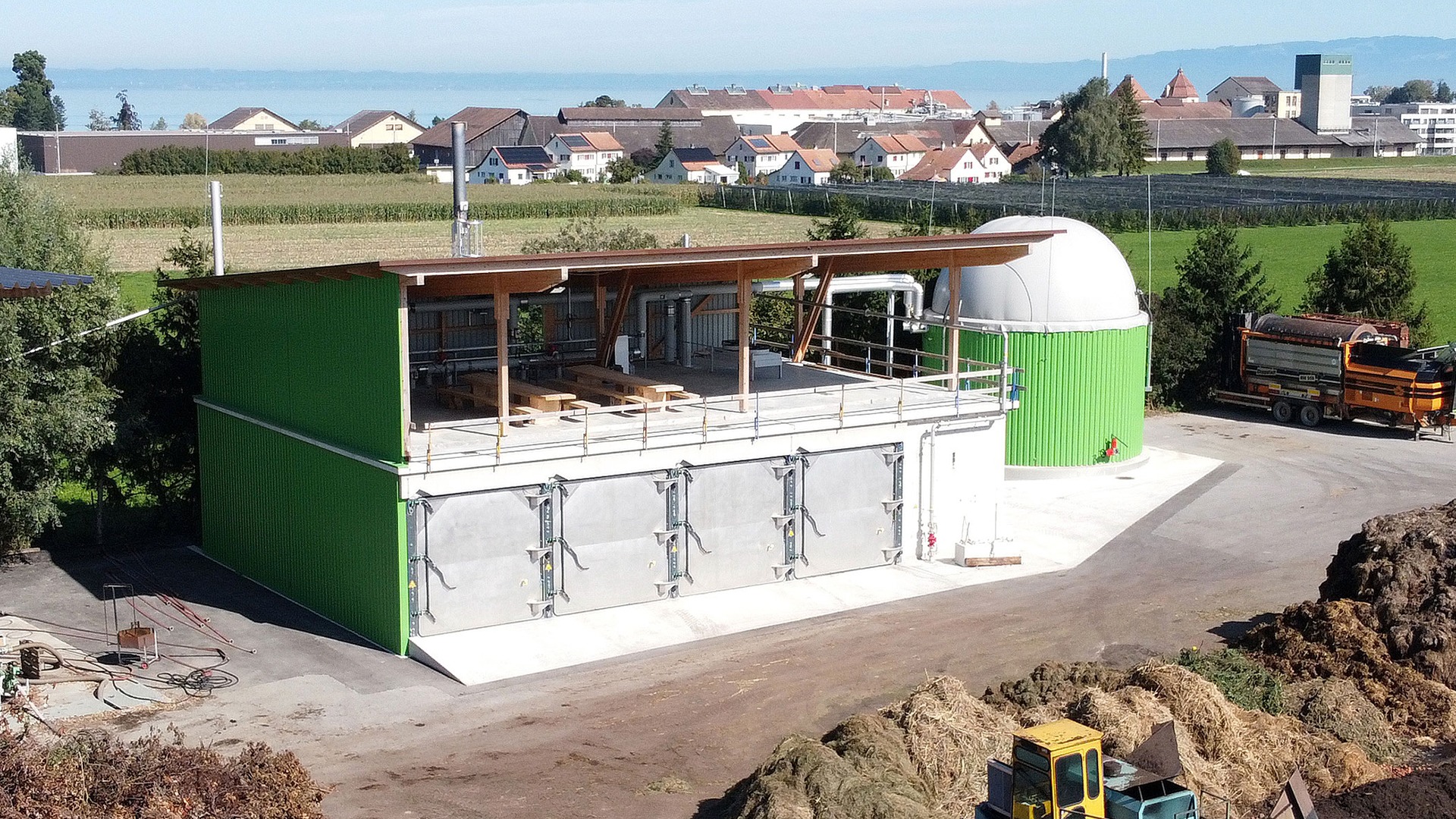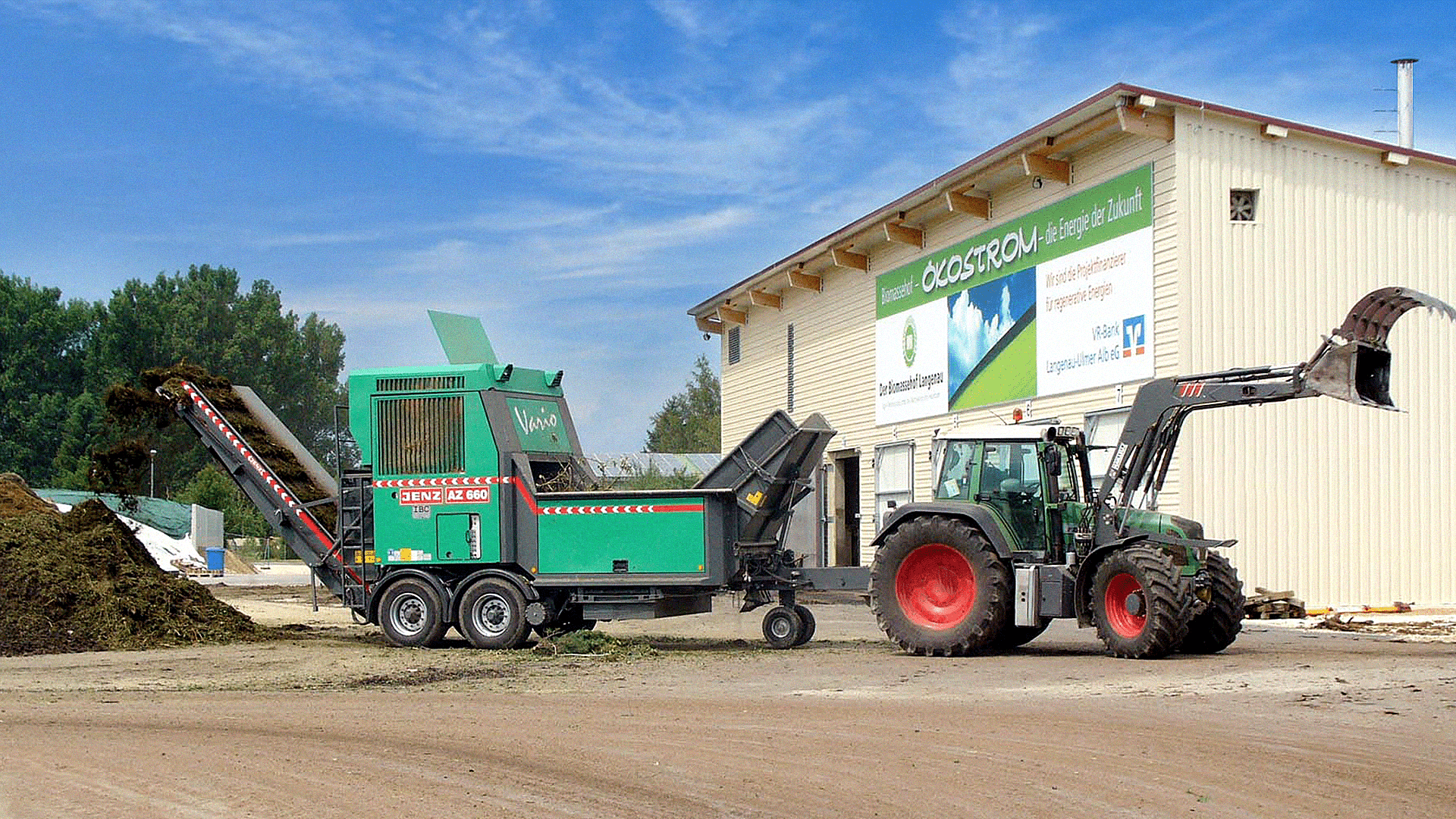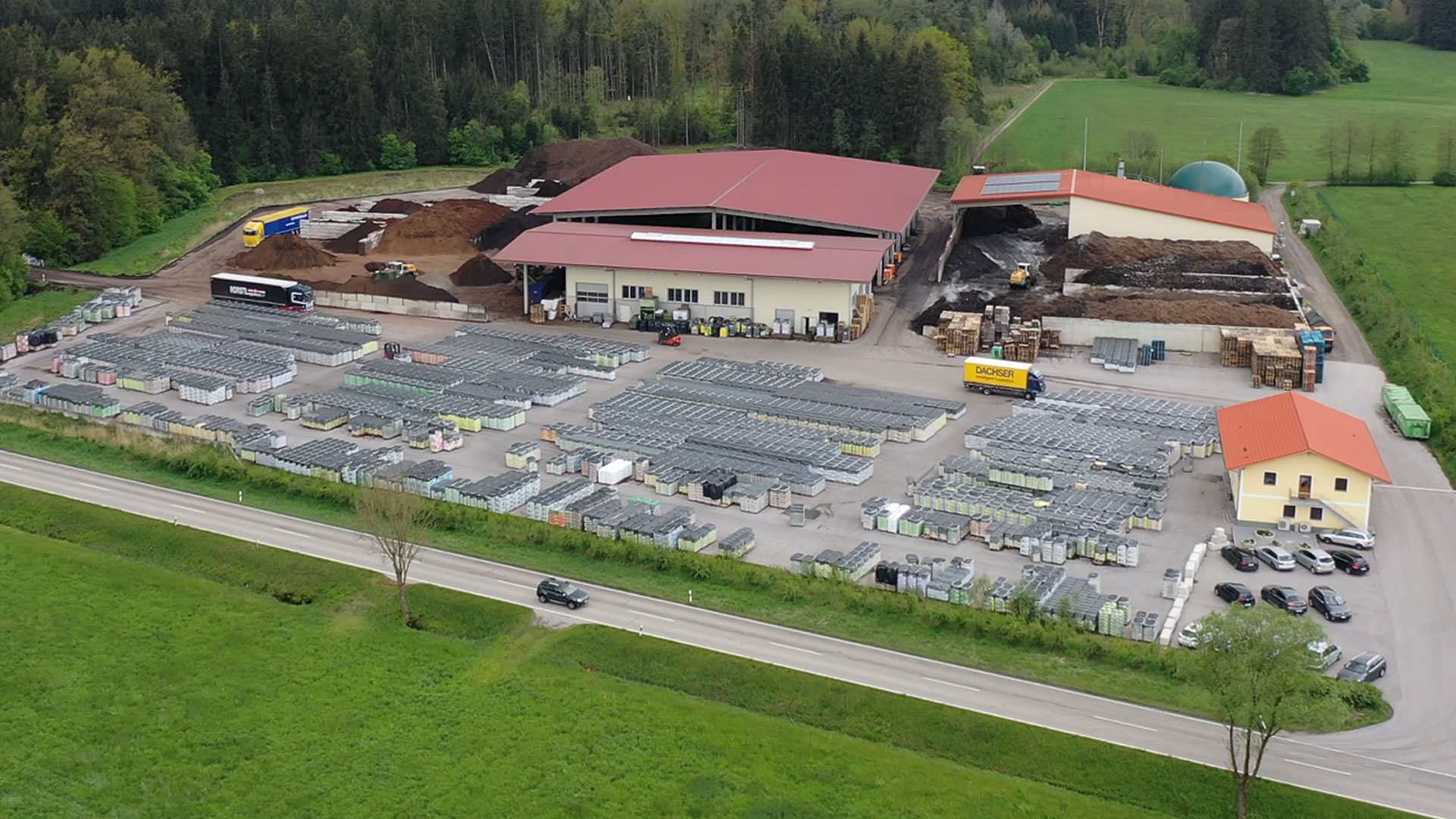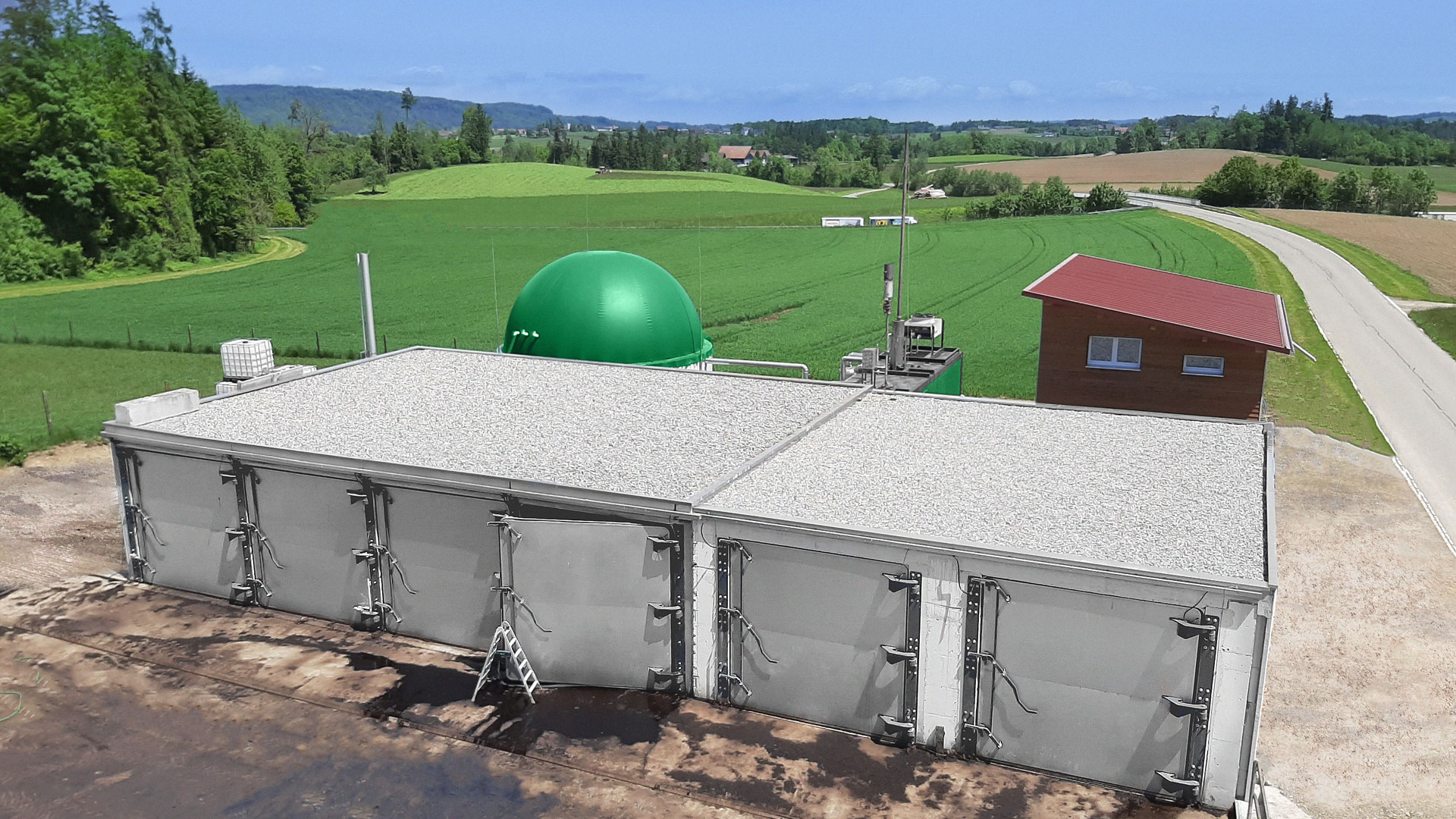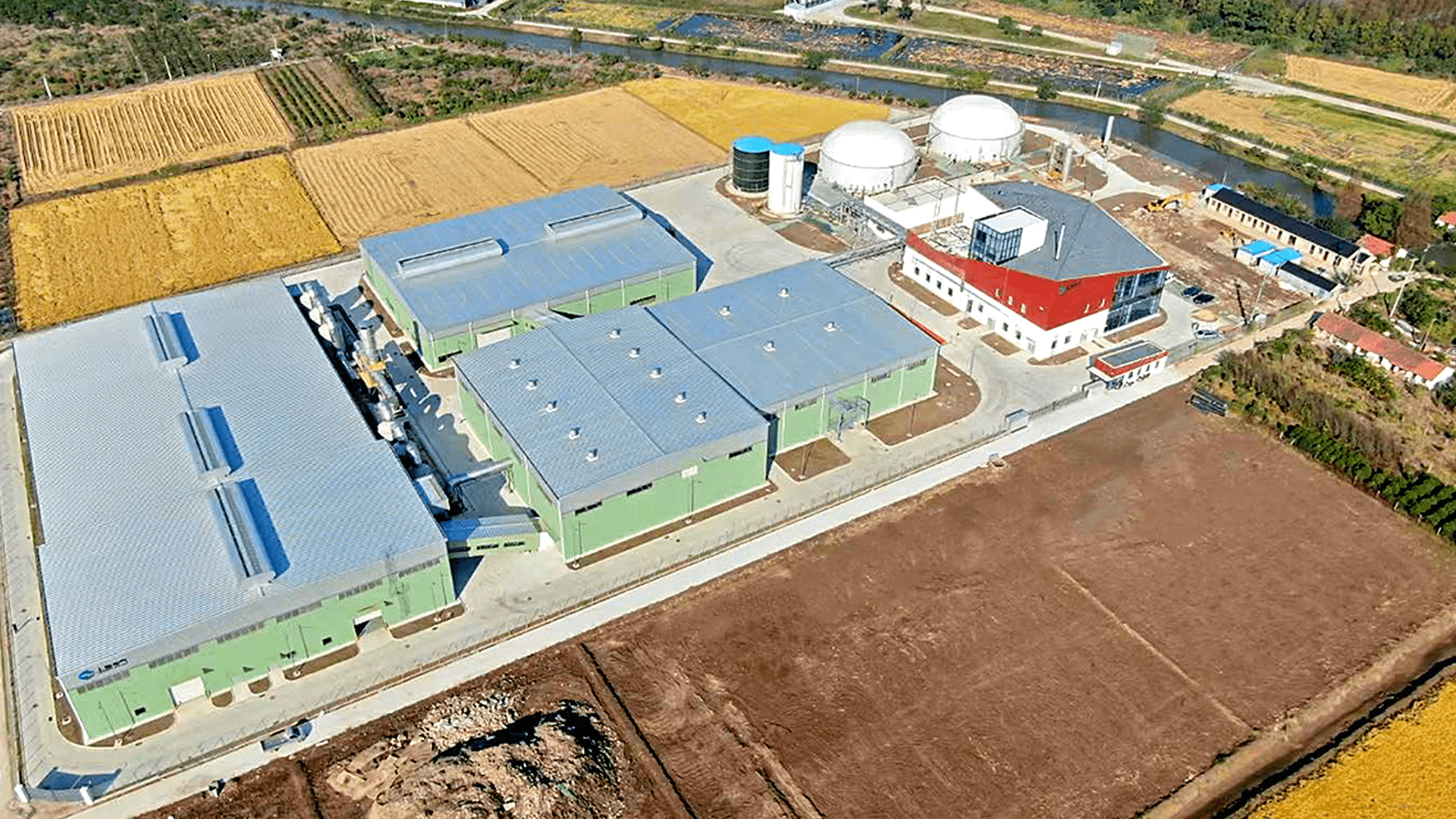
| Location: | Chongming, China |
|---|---|
| Biomass: | Weizenstroh / Schweinegülle |
| Quantity: | 19.000 / 46.000 t/a |
| Biogas: | 2.200.000 Nm3/a |
| Performance: | Ø 570 kWel. / Ø 625 kWth. |
Pioneer of dry fermentation
Chongming, China
On the island of Chongming in China, a biogas plant is setting new standards in the utilization of organic materials. With the annual processing of 65,000 tons of biomass, including 19,000 tons of wheat straw and 46,000 tons of liquid pig manure, the plant demonstrates how waste products from agriculture can be used efficiently.
Sustainable energy production and waste management
The plant follows a zero-water concept, which means that all liquid animal waste is used in the process and no surplus liquids are produced. This strategy demonstrates the intelligent use of resources and minimizes the environmental impact. The biogas produced is used to generate electricity and heat. With an average electrical output of 570 kWel and a thermal output of 625 kWth, the plant plays an important role in the local energy supply. The heat generated is not only used to maintain the process temperature, but also to provide warm air for the aeration boxes.
Environmental protection and odor emissions
Another significant aspect of the plant is the reduction of emissions and odors. Post-composting prepares the material for agricultural use, which leads to a considerable reduction in emissions of around 15,900 tons of CO₂ equivalent per year. This corresponds to the CO₂ absorption of 1,590,000 planted trees.
All process steps that could potentially release odorous substances – such as solid-liquid separation, biomass mixing, ventilation and drying – take place inside a hall. This hall is equipped with a ventilation system and connected to an air treatment system, which prevents the spread of odors and further improves the environmental compatibility of the plant.
The biogas plant on Chongming Island is an impressive example of how advanced technology and environmentally conscious management can go hand in hand to create a sustainable and environmentally friendly way of generating energy. It shows how agricultural waste can be turned into valuable energy that benefits both the local community and global climate protection.
